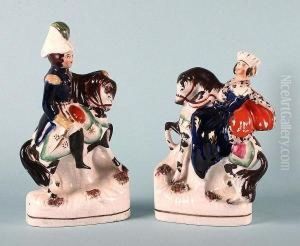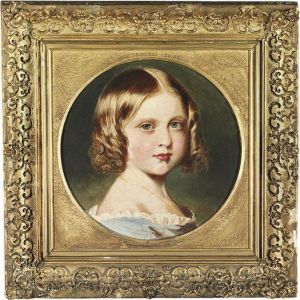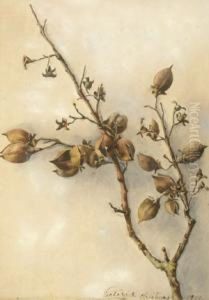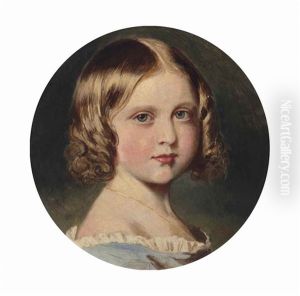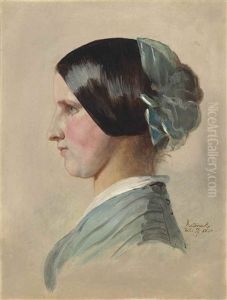H.M. Queen The Victoria Paintings
Queen Victoria, born Alexandrina Victoria on May 24, 1819, was not only the monarch of the United Kingdom of Great Britain and Ireland from June 20, 1837, until her death in 1901 but also a significant figure in the arts, albeit more through patronage and the era's cultural representation than as an artist herself. Her reign, known as the Victorian era, was marked by industrial, cultural, political, scientific, and military change within the United Kingdom, alongside a period of expansion of the British Empire. She became the symbol of British imperial pride and strict standards of morality and personal conduct.
Victoria was the daughter of Prince Edward, Duke of Kent and Strathearn, the fourth son of King George III. Both of her parents died when she was young, and she was raised under close supervision by her German-born mother, Princess Victoria of Saxe-Coburg-Saalfeld. She inherited the throne at the age of 18, after her father's three elder brothers had all died, leaving no surviving legitimate children. The United Kingdom was already well into the Industrial Revolution, and during her reign, the country experienced unprecedented growth in the economy, science, and the arts, partly due to the expansion and consolidation of the British Empire.
Despite not being an artist herself, Queen Victoria had a profound impact on the arts during her time. She and her husband, Prince Albert, were great patrons of the arts, commissioning and collecting numerous works. Their support was not limited to British artists; they also collected works by European artists, thereby enriching the cultural tapestry of the British royal collections. The Great Exhibition of 1851, conceived by Prince Albert, showcased the wonders of industry and arts and was a testament to the era's technological and artistic achievements. The profits from this grand exhibition were used to purchase land in South Kensington, London, where a number of cultural and educational institutions were established, including the Victoria and Albert Museum, named in their honor.
Victoria's personal diaries and correspondence show an appreciation for music and painting, and she was known to have enjoyed drawing and painting as a young girl, though her duties as queen later took precedence. Her long widowhood after Prince Albert's death in 1861 saw a decline in her public appearances but she remained a significant cultural figure, embodying the era that bears her name, an era that saw the British Empire reach the zenith of its cultural and political power. Queen Victoria died on January 22, 1901, at the age of 81. Her reign of 63 years and seven months was longer than that of any of her predecessors, a record that was surpassed by her great-great-granddaughter Queen Elizabeth II in 2015.
